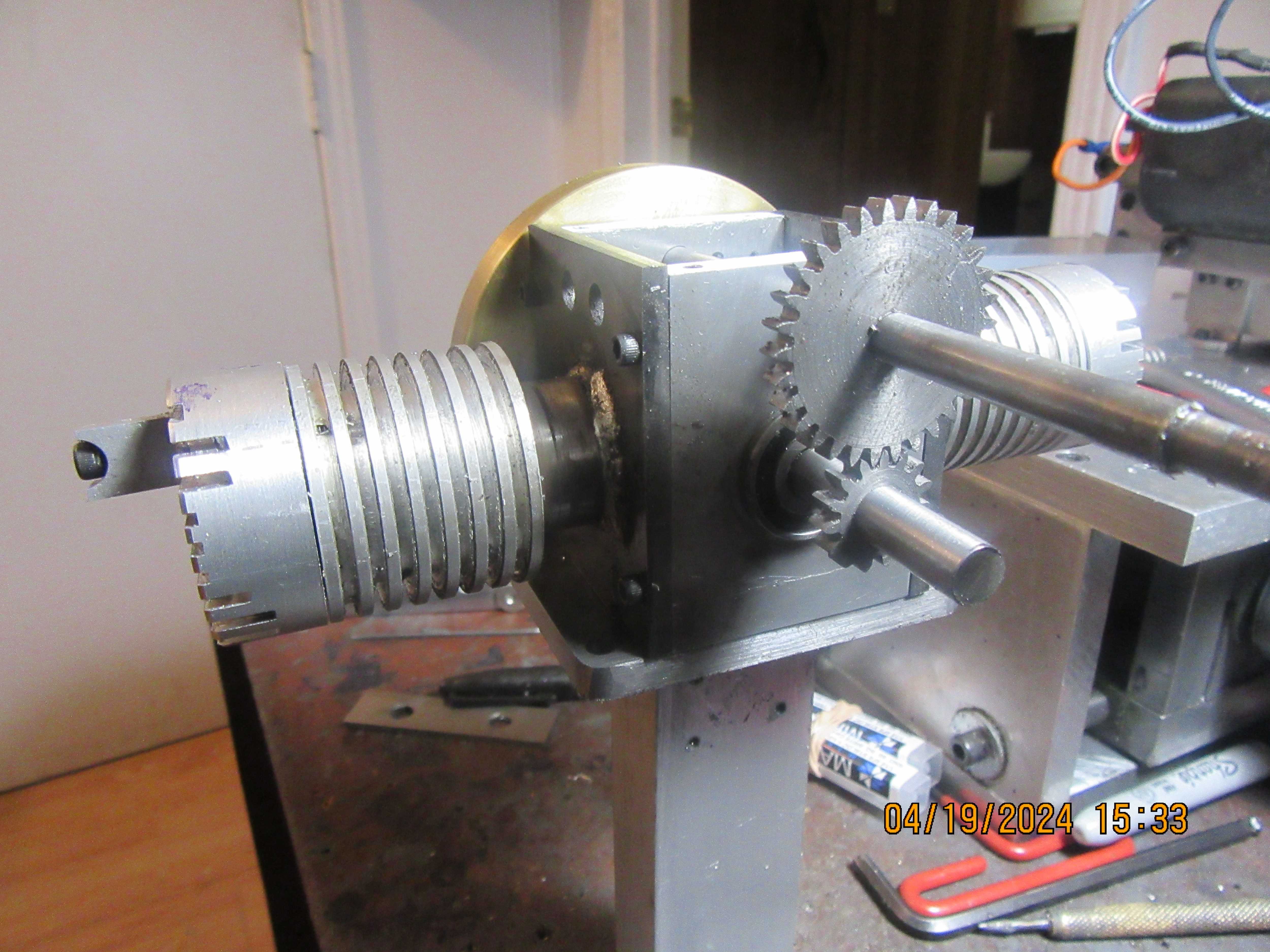Thanks for the CAD demonstration Jason. Really comprehensive.
It's the sort of thing I used at work, but cut sections where I wanted them and moved parts to geometrically define the actual depth of foul, etc. rather than just pretty motion pictures. But I'm sure you do that as well, so you get dimensions for the clearance machining required. After all we are just talking of a simple right-angled triangle, so dimensions and angles are easy to calculate.
I just enjoy doing it in a few minutes on a sheet of paper, as it is simple and doesn't need a CAD system. (IMHO).
BEFORE CAD - I engineered a crankcase, cranks, rods and linkages to increase the stroke of a device from 7 1/2inches to 9inches using pencil and paper, including designing the con-rod swing and clearances to the adjacent cylinder ends. And reconfigured it to have a varying mechanical advantage from start to end of stroke. (From something like 2:1 at the start to 1:2 at the end of stroke. The input piston accelerated at about 105g! - calculated and measured peak - so we had to determine flexure and deformations of components as the forces and speeds were so high.).
That was a nice bit of drawing (Fun?) - to demonstrate to the Chief & Senior Engineers before my designs were bought-off. Maybe I should have used CAD but it hadn't been invented.... (Apple's first PC was launched about then..).
I'm sure all the contributors discussing this are equally capable of designing this. It just seems the designer missed it on the drawings that Brian is using.
And please remember this is OUR HOBBY. So please try and remain calm and enjoy what others present. (Even if I spout a lot of rubbish!).
K2.
It's the sort of thing I used at work, but cut sections where I wanted them and moved parts to geometrically define the actual depth of foul, etc. rather than just pretty motion pictures. But I'm sure you do that as well, so you get dimensions for the clearance machining required. After all we are just talking of a simple right-angled triangle, so dimensions and angles are easy to calculate.
I just enjoy doing it in a few minutes on a sheet of paper, as it is simple and doesn't need a CAD system. (IMHO).
BEFORE CAD - I engineered a crankcase, cranks, rods and linkages to increase the stroke of a device from 7 1/2inches to 9inches using pencil and paper, including designing the con-rod swing and clearances to the adjacent cylinder ends. And reconfigured it to have a varying mechanical advantage from start to end of stroke. (From something like 2:1 at the start to 1:2 at the end of stroke. The input piston accelerated at about 105g! - calculated and measured peak - so we had to determine flexure and deformations of components as the forces and speeds were so high.).
That was a nice bit of drawing (Fun?) - to demonstrate to the Chief & Senior Engineers before my designs were bought-off. Maybe I should have used CAD but it hadn't been invented.... (Apple's first PC was launched about then..).
I'm sure all the contributors discussing this are equally capable of designing this. It just seems the designer missed it on the drawings that Brian is using.
And please remember this is OUR HOBBY. So please try and remain calm and enjoy what others present. (Even if I spout a lot of rubbish!).
K2.











![MeshMagic 3D Free 3D Modeling Software [Download]](https://m.media-amazon.com/images/I/B1U+p8ewjGS._SL500_.png)








![DreamPlan Home Design and Landscaping Software Free for Windows [PC Download]](https://m.media-amazon.com/images/I/51kvZH2dVLL._SL500_.jpg)



































